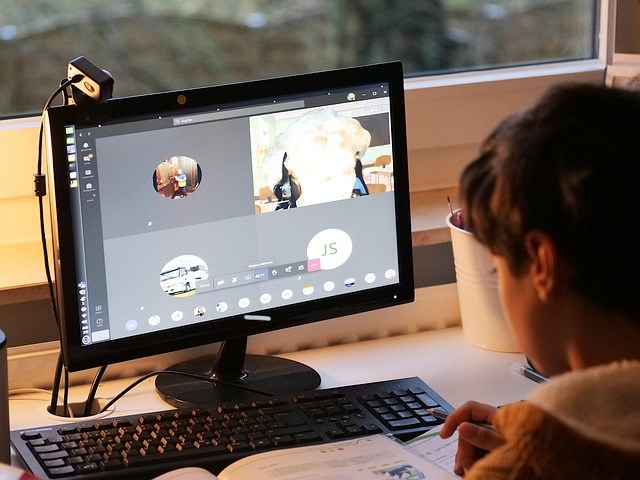Teachers are being forced to embrace new ways of teaching which include the use of learning platforms and reconsideration of structures applicable to efficient instruction. Because the education system is already impacted by technology, the teachers are already preparing lessons with the help of interactive materials, coming up with interesting lesson plans, and using tracking data for their students. The means to adapt are adaptability with one’s time, practice, and management of the virtual classroom to enhance participation and engagement.
First, teachers should make use of instruments for the use of educational technology, including online blackboards, the use of visuals, and the application of Artificial Intelligence in the classroom. Such tools support the use of interactivity in lessons, real-time feedback, and individual approach to the learning process. Incorporating these technologies brings in the purpose of supporting every student in achieving good grades, reaching education standards in the comfort of their homes, and at the same time supporting the traditional classroom approach in online education.
Secondly, online assignment creation, and more specifically, lesson planning, is another professed area of need whereby teachers and academics require support. The online lesson format should be divided into sections with quizzes and discussions and the use of group assignments. This approach helps students to remain attentive and committed to not missing any important point while at the same time ensuring that adequate information input is given. This way the goals are clear for students as well as the classroom organization, while in virtual classes, interests are maintained and the learning process is enhanced.

Third, data analytics enable the tracking of the performance of learners and assist in the identification of learning loss. Web tools provide information on student development and give the ability to the teacher to adapt the teaching process. In this way, engagement levels and variable assessment can be monitored to get useful information that will allow the teacher to adjust and offer students additional focused support services in case of possible learning difficulties.
Finally, appropriate collaboration and communication strategies within the virtual class environment should be promoted. Effective use of the application should involve the use of discussion forums, project collaboration, as well as live group sessions. Creating an environment of welcome and encouragement online will prove useful in the student turnout and interest. This way, by engaging students in discussions, teachers will get an effective learning environment that is as close to a traditional classroom as possible.
Conclusion
Teachers should learn about the technology further, be willing participants, enhance themselves and the teaching methods, and involve their students to be effective in the online environments. With the help of digital technologies available, keeping correct lesson structures, and analyzing the results, it is possible to provide high-quality instructions. Flexibility and training are crucial qualities that help in creating an effective, engaging, and active atmosphere for online education.